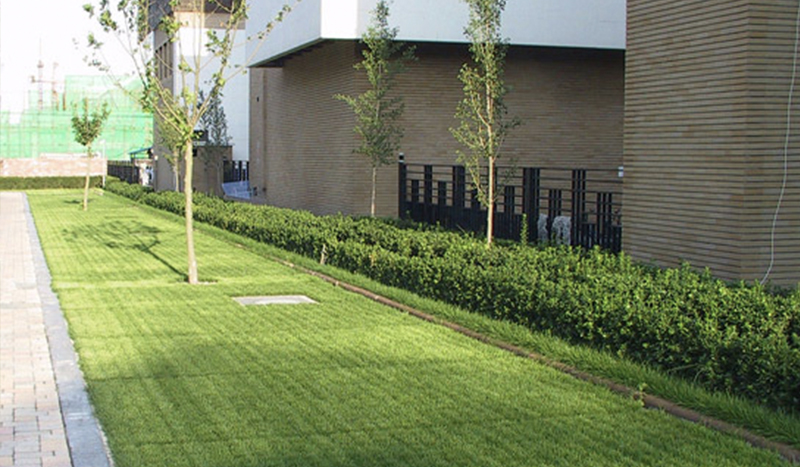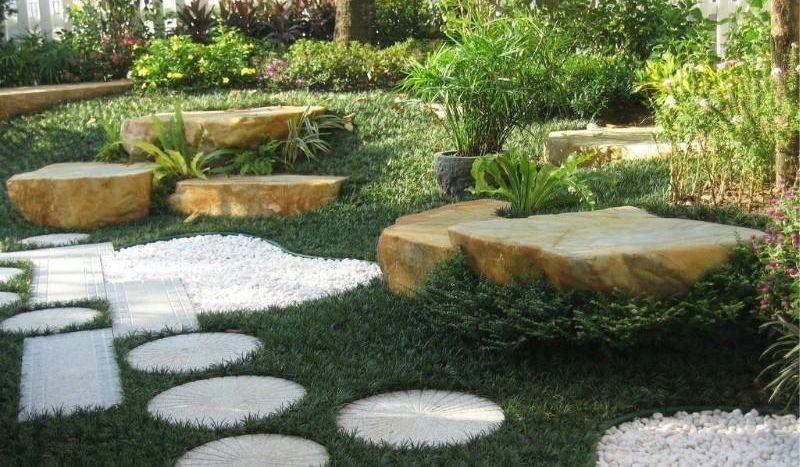1. Isolate the root system: The grass-rock isolation belt can effectively isolate the turf root system from contact with soil or rocks and other materials, prevent grass roots from eroding the soil, and protect the stability and safety of the infrastructure.
2. Prevent soil erosion: The grass-rock isolation belt can prevent the mutual erosion between the road and the lawn, prevent the gravel on the road from falling onto the lawn, and reduce the maintenance cost of the lawn.
3. Protect the roadbed: The grass-rock isolation belt can prevent soil loss and protect the roadbed from being washed away.
4. Improve the landscape effect: The grass and stone isolation belt can maintain the beauty of the surrounding environment, make the infrastructure and the surrounding landscape complement each other, and improve the overall effect of landscaping.
5. Fix the land: The grass-rock isolation belt has a strong structure and can fix the land and reduce the threat of geological disasters such as landslides and collapses.
6. Divert water flow: The grass-rock isolation zone can effectively guide water flow from the hillside to the river, reducing soil erosion on the mountain and reducing the risk of flash floods.
9. Environmentally friendly materials: Grass and stone isolation belts are usually made of environmentally friendly materials such as polyethylene, which are non-toxic, odorless and do not pollute the environment. To sum up, grass and stone isolation belts play an important role in gardening, landscape design, infrastructure protection and environmental protection.
Post time: Mar-28-2024


